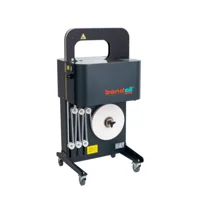
The textile industry—spanning everything from clothing to bedding—has been steadily exploring innovative ways to reduce packaging waste, streamline logistics, and improve product presentation. One solution emerging as a game-changer is banding.
What is banding in the textile industry?
Banding involves using a durable band to wrap around textiles—be it clothing, towels, linens, blankets, or rolls of fabric—to bundle, brand, label, and secure them. Unlike traditional methods, such as bulky plastic wraps or large boxes, banding offers a efficient and eco-friendly approach.
The benefits of banding for the textile industry
1. Sustainability: A Greener Way to Package Textiles
One of the biggest advantages of banding is its ability to significantly reduce material waste. In an industry heavily criticized for its environmental impact, small changes in packaging can make a big difference.
- Reduce plastic usage: Traditional packaging like plastic bags, shrink wrap, and tape is often single-use and difficult to recycle. Banding offers an eco-friendly alternative using a thin recyclable paper or film band.
- Minimize packaging waste: By eliminating excess materials, banding helps your company meet sustainability goals while appealing to eco-conscious consumers.
- Lower carbon footprint: Lighter, more compact bundles mean more efficient shipping, which directly reduces transportation emissions.
2. Improved Supply Chain Efficiency
From production lines to distribution centers, banding streamlines packaging and logistics processes in several ways:
Faster packaging:
Automated banding machines allow textiles to be securely bundled in seconds, saving time and labor costs.
Compact bundles:
Banding creates tightly secured bundles, making them easier to store, transport, and stack in warehouses or retail environments.
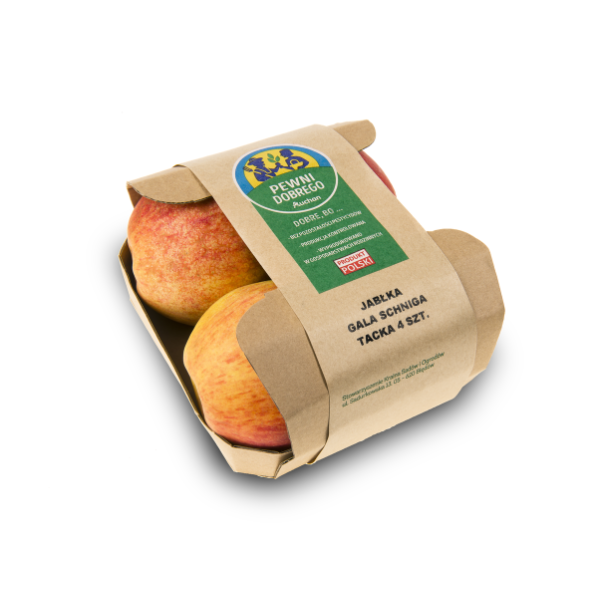
3. Cost-Effectiveness
Switching to banding can result in considerable cost savings for textile companies:
- Lower material costs: Banding requires significantly less material compared to traditional packaging solutions, such as boxes or plastic bags.
- Reduced waste management expenses: With less waste generated, businesses save on disposal and recycling costs.
- Improved shipping efficiency: Lightweight bundles mean lower shipping weights, leading to reduced transportation costs.
4. Branding and Marketing Opportunities
In a highly visual industry like textiles, how products are presented have a major impact on consumer appeal. Banding offers a blank canvas for branding and marketing, allowing companies to communicate directly with customers while enhancing product aesthetics.
- Customizable designs: Bands can be customized with vibrant colors, logos, and key product details to create a a unique packaging for textile products.
- Highlighting sustainability: With less packaging your company can position itseld in the market and in the perception of customers as a more sustainable option to competitors.
- Seasonal promotions or limited editions: Bands can easily be swapped out for seasonal campaigns, sales promotions, or special collections.
Banding applications for the textile industry
The versatility of banding makes it suitable for a wide range of textile products, including:
- Clothing: T-shirts, jeans, socks, and activewear can be folded and banded for retail presentation, commercial laundry or shipping.
- Towels and Linens: Bath towels, kitchen towels, and bed linens can be neatly bundled without bulky plastic wrap.
- Fabric Rolls: Wholesale fabrics can be secured with a band that’s both functional and branded, reducing the need for additional ties or wraps.
- Banding is also ideal for bundling multipacks (e.g., sets of shirts or pillowcases), making it easy for retailers and consumers to handle these items.
The future is banded
Banding has the potential to revolutionize packaging in the textile industry by addressing critical challenges around waste reduction, efficiency, and branding. It’s an elegant, minimalist approach that’s perfectly aligned with the demands of today’s environmentally conscious consumers and the logistical needs of modern businesses.
As the industry continues to evolve, banding offers a way forward—one that’s smarter, greener, and more consumer-friendly. Ready to explore how banding can transform your textile business? Let’s start a conversation about building a more sustainable, efficient future—one band at a time.
Curious to learn more about our banding machines?
Let's get in contact and explore the opportunities.
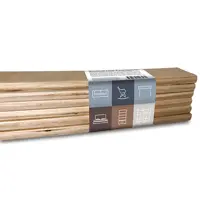
Applications of banding
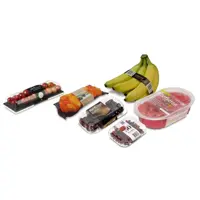
Benefits of banding
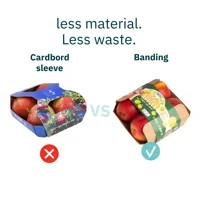
Banding vs. other solutions
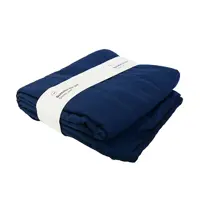
10 Reasons to switch to banding
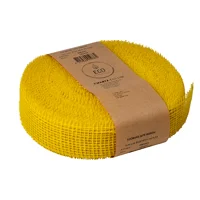
Zwartz - From shrink wrap to paper bands
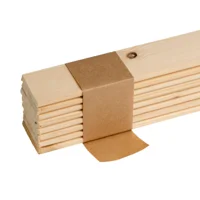
Novatrade - Improved quality and efficiency
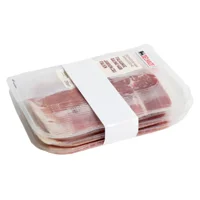
Packaging food products
